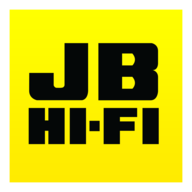
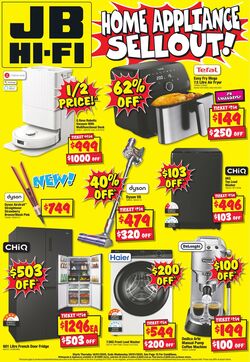
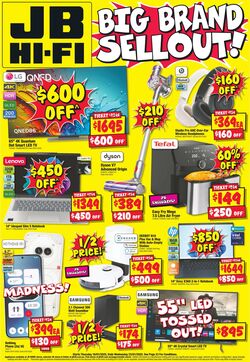

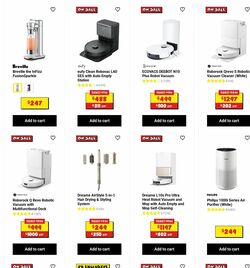

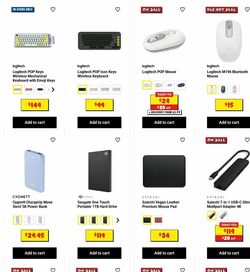

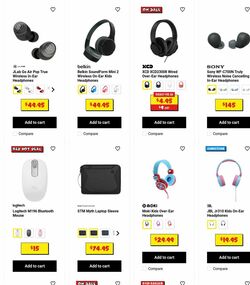


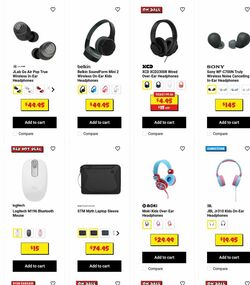
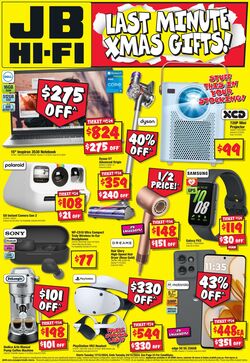
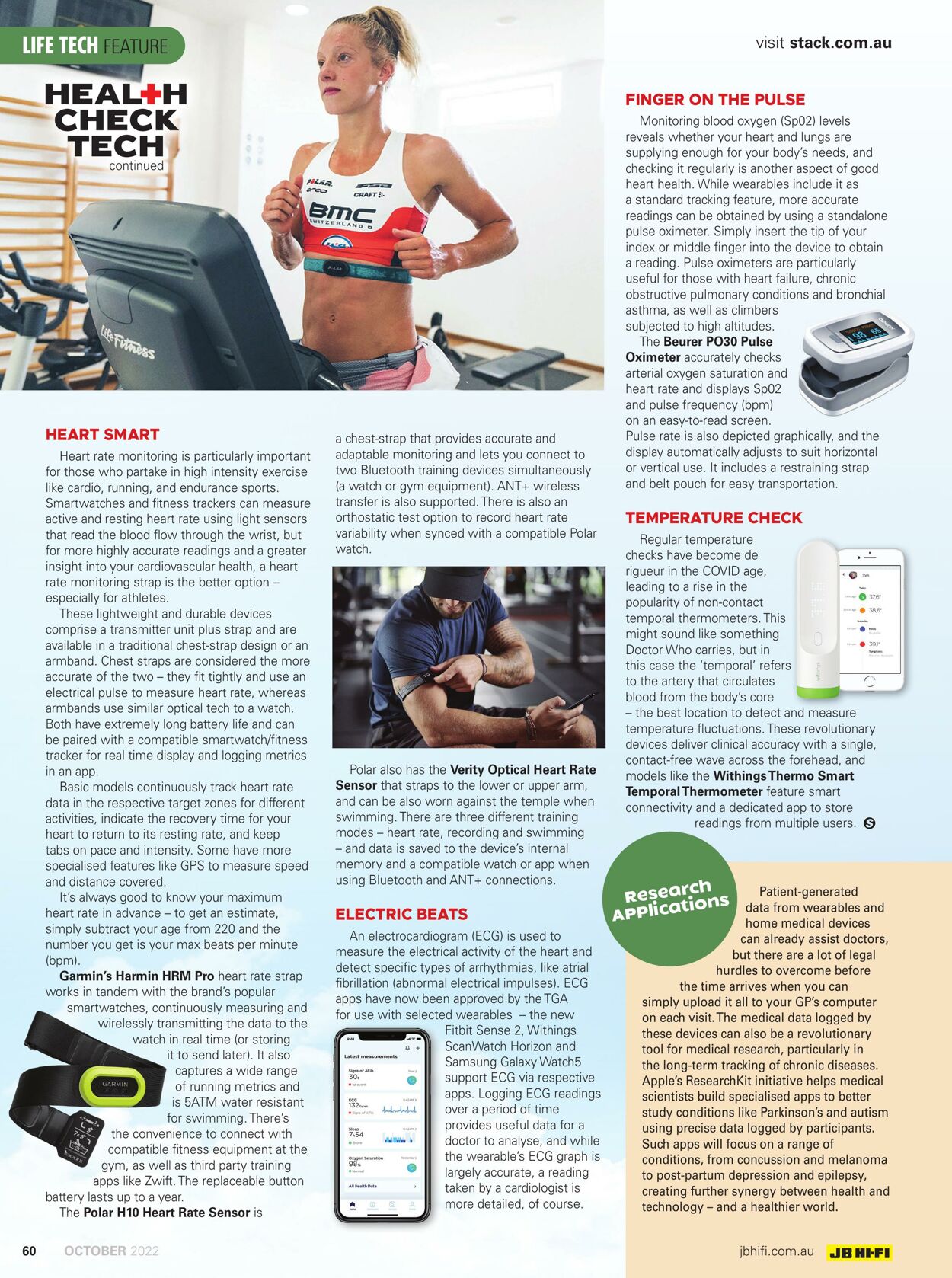
Products in this catalogue
Sm HEART SMART Heart rate monitoring is particularly important, for those who partake in high intensity exercise like cardio, running, and endurance sports. Smartwatches and fitness trackers can measure active and resting heart rate using light sensors that read the blood flow through the wrist, but for more highly accurate readings and a greater insight into your cardiovascular health, a heart fate monitoring strap is the better option - especially for athletes These lightweight and durable devices comprise a transmitter unit plus strap and are available in a traditional chest-strap design or an armband. Chest straps are considered the more accurate of the two — they fit tightly and use an electrical pulse to measure heart rate, whereas armbands use similar optical tech to a watch. Both have extremely long battery life and can be paired with a compatible smartwatch/fitness tracker for real time display and logging metrics in an app. Basic models continuously track heart rate data in the respective target zones for different activities, indicate the recovery time for your heart to return to its resting rate, and keep tabs on pace and intensity. Some have more. specialised features like GPS to measure speed and distance covered. It’s always good to know your maximum heart rate in advance - to get an estimate, simply subtract your age from 220 and the number you get is your max beats per minute (bpm). Garmin’s Harmin HRM Pro heart rate strap works in tandem with the brand's popular smartwatches, continuously measuring and wirelessly transmitting the data to the watch in real time (or storing it to send later). It also captures a wide range of running metrics and is 5ATM water resistant for swimming. There's the convenience to connect with compatible fitness equipment at the gym, as well as third party training apps like Zwift. The replaceable button battery lasts up to a year. The Polar H10 Heart Rate Sensor is a chest-strap that provides accurate and adaptable monitoring and lets you connect to two Bluetooth training devices simultaneously (a watch or gym equipment). ANT+ wireless transfer is also supported. There is also an orthostatic test option to record heart rate variability when synced with a compatible Polar watch. Polar also has the Verity Optical Heart Rate Sensor that straps to the lower or upper arm, and can be also worn against the temple when swimming. There are three different training modes ~ heart rate, recording and swimming ~and data is saved to the device's internal memory and a compatible watch or app when using Bluetooth and ANT+ connections ELECTRIC BEATS An electrocardiogram (ECG) is used to measure the electrical activity of the heart and detect specific types of arrhythmias, like atrial fibrillation (abnormal electrical impulses). ECG apps have now been approved by the TGA. for use with selected wearables - the new Fitbit Sense 2, Withings ScanWatch Horizon and Samsung Galaxy Watch5 a @ |} support ECG via respective = apps. Logging ECG readings 1 UP over a period of time = provides useful data for a doctor to analyse, and while the wearable's ECG graph is largely accurate, a reading taken by a cardiologist is more detailed, of course. visit stack.com.au FINGER ON THE PULSE Monitoring blood oxygen (Sp02) levels reveals whether your heart and lungs are supplying enough for your body's needs, and checking it regularly is another aspect of good heart health. While wearables include it as a standard tracking feature, more accurate readings can be obtained by using a standalone pulse oximeter. Simply insert the tip of your index or middle finger into the device to obtain a reading. Pulse oximeters are particularly useful for those with heart failure, chronic obstructive pulmonary conditions and bronchial asthma, as well as climbers subjected to high altitudes. . >> The Beurer PO30 Pulse Oximeter accurately checks arterial oxygen saturation and heart rate and displays Sp02 and pulse frequency (bpm) on an easy-to-read screen. Pulse rate is also depicted graphically, and the display automatically adjusts to suit horizontal or vertical use. It includes a restraining strap and belt pouch for easy transportation. TEMPERATURE CHECK Regular temperature checks have become de rigueur in the COVID age, leading to a rise in the popularity of non-contact temporal thermometers. This might sound like something Doctor Who carries, but in _— this case the ‘temporal’ refers to the artery that circulates © blood from the body's core ~ the best location to detect and measure temperature fluctuations. These revolutionary devices deliver clinical accuracy with a single, contact-free wave across the forehead, and models like the Withings Thermo Smart ‘Temporal Thermometer feature smart connectivity and a dedicated app to store readings from multiple users. @ eefoor 4) Patient-generated rates applications data from wearables and home medical devices can already assist doctors, but there are a lot of legal hurdles to overcome before the time arrives when you can simply upload it all to your GP’s computer on each visit. The medical data logged by these devices can also be a revolutionary tool for medical research, particularly in the long-term tracking of chronic diseases. Apple's ResearchKit initiative helps medical scientists build specialised apps to better study conditions like Parkinson’s and autism using precise data logged by participants. Such apps will focus on a range of conditions, from concussion and melanoma to post-partum depression and epilepsy, creating further synergy between health and technology - and a healthier world. jbhifi.com.au ‘JBHEFI
| Name | Details |
|---|